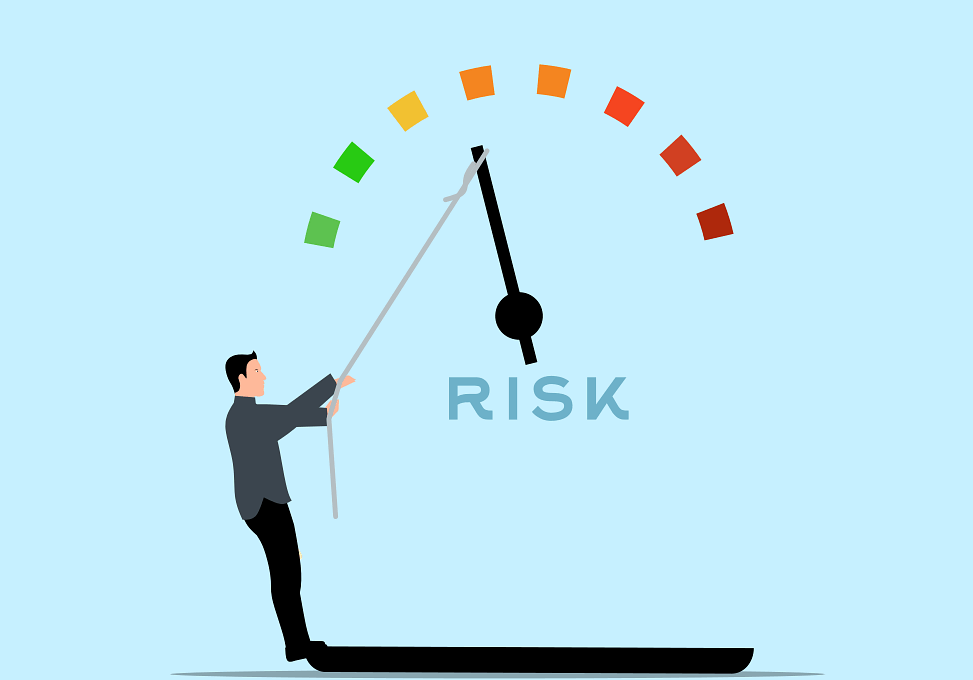Financial Risk Management Frameworks for International Businesses
In today’s interconnected world, international businesses face myriad financial risks that require robust management frameworks. Central to these frameworks is the identification and assessment of various risk types including currency fluctuations, credit risks, and interest rate volatility. Understanding how these risks impact business decisions is crucial for financial stability and growth. Companies must employ risk assessment tools that analyze historical data and forecast potential shifts in market conditions. For example, Value at Risk (VaR) models help businesses understand the potential loss in value of financial assets, considering different levels of confidence. Furthermore, organizations should diversify their investments to mitigate risks associated with concentrated positions. This strategy not only reduces exposure to any single risk factor but also enhances overall resilience. It is also vital to stay updated with regulatory changes that may affect international finance. Adapting to these changes helps businesses remain compliant while managing risks effectively. By investing in technology and skilled personnel, companies can develop and implement comprehensive risk management strategies that will guarantee their competitive advantage in the global market. Developing a proactive risk management culture is essential to achieving sustained growth.
Establishing an effective risk management framework often begins with the development of a risk management policy. This policy should outline the organization’s risk tolerance, objectives, and procedures for risk identification, assessment, prioritization, and response. It’s crucial that these policies are communicated effectively throughout the organization; all employees should understand the guidelines they are expected to follow. Furthermore, regular training sessions can enhance employees’ awareness of potential risks and their roles in mitigating them. A strong framework promotes a culture where risk management is seen as everyone’s responsibility, not just that of the finance department. The framework should be flexible and adaptable, allowing for updates as market conditions change or as new risks emerge. Technology plays a significant role in enhancing risk management across various functions by providing real-time data analytics. This enables businesses to make informed decisions promptly and proactively address imminent risks. Additionally, continuous monitoring and review mechanisms should be in place to assess the effectiveness of risk management strategies, ensuring they meet the evolving needs of the business. This proactive approach ensures that companies can adapt and thrive amidst uncertainty in the global financial landscape.
Quantitative Techniques in Risk Management
Quantitative techniques are essential for effective risk management in international finance. Tools like statistical models and simulations help quantify and anticipate future market behaviors and potential risks. Organizations adopt methods such as Monte Carlo simulations to assess potential outcomes of various investment strategies under different conditions. These models run thousands of iterations with random variable inputs, providing a broader view of potential outcomes. Moreover, quantitative models can assist in pricing financial derivatives, a critical task for firms involved in complex financial products. Risk metrics such as the Sharpe Ratio and Omega Ratio evaluate risk-adjusted return potentials, helping firms make informed choices effectively. Additionally, stress testing is another quantitative method whereby businesses assess how they would fare under extreme market conditions. This proactive analysis helps identify vulnerabilities and strengthens overall risk preparedness. Businesses can optimize their asset portfolios considering these quantitative insights, ensuring that their investment strategies align with their risk tolerance levels. Ultimately, the adoption of quantitative methods enhances the efficiency of decision-making processes, allowing businesses to navigate risks more effectively and maintain profitability in uncertain markets.
Moreover, incorporating qualitative assessment techniques is crucial in tandem with quantitative methods. Qualitative risk assessment techniques often involve expert opinions, market surveys, and scenario analysis to identify risks that quantitative data may not fully capture. For instance, expert panels may provide insights into geopolitical risks or regulatory changes influencing international markets. Recognizing the limitations of relying solely on numbers enhances a company’s comprehensive risk outlook. Thus, a balanced approach combining both qualitative and quantitative data enables businesses to craft more nuanced risk management strategies. Scenario analysis allows firms to envision various potential futures based on differing assumptions about market conditions, enhancing preparedness for unexpected events. Effective communication of these risks to stakeholders is also paramount; transparency builds trust and improves decision-making. Risk management frameworks must incorporate feedback loops allowing for strategies to evolve based on new insights. By fostering a culture of learning and adaptation, businesses can enhance their resilience. Collaborative efforts between the finance and operations teams create a unified response to risks, supporting strategic alignment. Ultimately, business continuity and sustainable growth depend on a well-rounded risk management approach tailored to the diverse challenges of international finance.
Mitigating Financial Risks with Technology
Technology has revolutionized risk management practices in international finance. Advanced analytics, artificial intelligence, and machine learning empower businesses to manage risks proactively. Big data analytics allows companies to process vast amounts of information quickly and derive valuable insights into market trends and potential risks. Machine learning algorithms can identify patterns in historical data, helping firms anticipate future risk occurrences. This capability enhances decision-making, making it data-driven rather than intuition-based. Furthermore, risk management software solutions provide real-time monitoring of financial exposures, enabling firms to respond swiftly to market changes. These systems can alert management to emerging risks in time for preemptive action. Additionally, the use of blockchain technology adds a layer of security and transparency in financial transactions, reducing fraud and operational errors. By implementing robust technological infrastructures, organizations can streamline their risk management processes and align them with strategic objectives. It’s crucial that businesses continuously invest in technology and training to adapt to evolving risks presented by digitization and globalization. The interplay between technology and risk management creates a dynamic environment where firms can thrive despite uncertainties inherent in international finance.
Furthermore, establishing clear communication channels within an organization can significantly enhance risk management outcomes. Employees must feel empowered to report potential risks or anomalies they observe, fostering a culture of honesty and vigilance. Regular meetings and workshops should be conducted to discuss current risk factors, emerging threats, and best practices for mitigating risks. Developing clear visual dashboards can allow managers to track key risk indicators at a glance and facilitate strategic decision-making. In addition, leveraging collaboration tools can streamline risk management processes across departments and geographies. Risk management cannot happen in a silo; it requires input from various stakeholders, including finance, operations, and compliance teams. By engaging broader perspectives, organizations gain insights that can lead to more effective risk management practices. As companies expand their global footprint, adapting their risk management frameworks to accommodate different cultural contexts is vital. Understanding regional differences can enhance risk identification and assessment strategies while ensuring adherence to local regulations. Comprehensive risk oversight allows companies to capture opportunities while managing vulnerabilities in a constantly evolving global marketplace. This holistic approach is essential for achieving long-term success.
Continuous Improvement in Risk Management Frameworks
Continuous improvement is central to establishing effective risk management frameworks in international finance. Businesses must regularly review and revise their risk management practices based on performance outcomes and feedback. Conducting periodic audits of risk management processes helps identify gaps or inefficiencies that need to be addressed. Furthermore, organizations should remain adaptable to changes in the economic landscape, regulatory environment, and technological advancements. Continuous education and upskilling of staff ensure that teams are well-equipped to handle emerging risks and challenges. Organizations should embrace a proactive rather than reactive approach by fostering a mentality focused on ongoing risk assessment and management. External partnerships with risk management consultants or industry experts can provide valuable insights into best practices and innovative strategies. Engaging in knowledge-sharing networks offers opportunities to learn from peers facing similar challenges. Risk management frameworks should incorporate lessons learned from past experiences, enhancing resilience against future risks. By integrating these principles of continuous improvement, businesses can ensure their risk management practices are not only effective but also aligned with their strategic goals and objectives.
As we look to the future, the role of effective risk management will become increasingly important for businesses operating internationally. With globalization and digital transformation driving unprecedented changes in the financial landscape, organizations will need to embrace more sophisticated frameworks to navigate these complexities. Emerging risks such as cyber threats, climate change impacts, and geopolitical tensions require a reevaluation of existing strategies and the development of new capabilities. Adopting forward-thinking risk management frameworks is essential to mitigating these developing threats. Businesses should invest in risk culture training to empower employees at every level to recognize potential risks early. Moreover, fostering innovation in risk management practices through collaboration can enhance adaptability in responding to future challenges. Data-driven strategies require organizations to leverage advanced modeling techniques and analytics in real-time. Building a resilient financial infrastructure supports long-term sustainability and success by prioritizing proactive risk management. As companies adapt to changing environments, the ability to anticipate and mitigate risks effectively will decide their capacity to thrive amid fluctuations and uncertainties in the global market.


